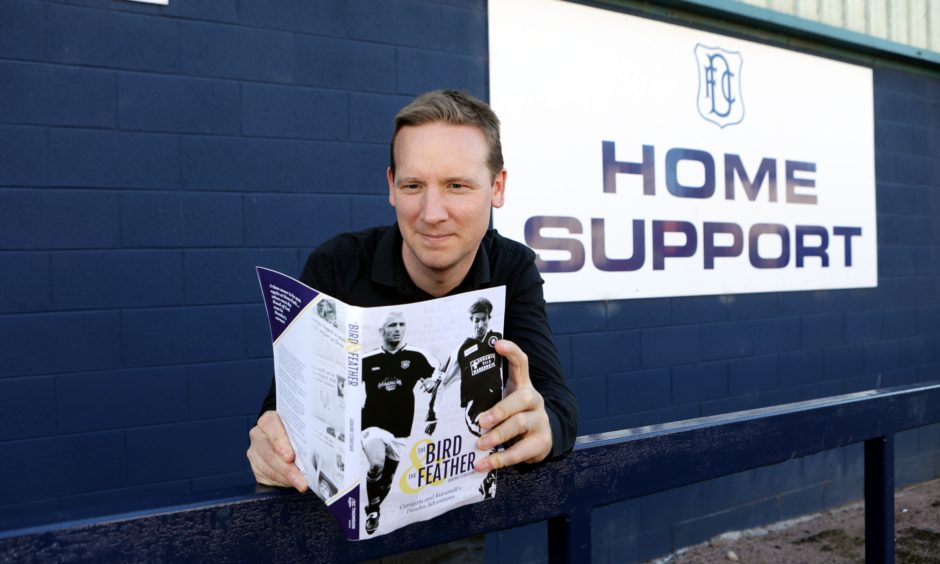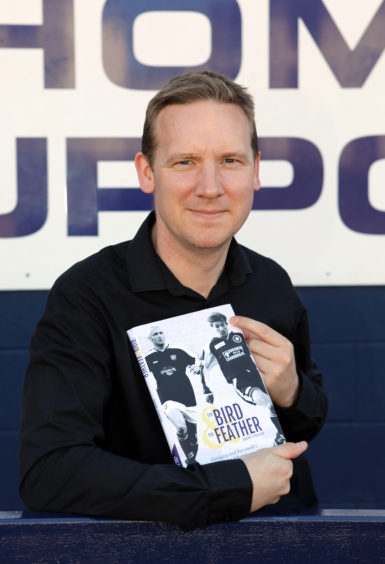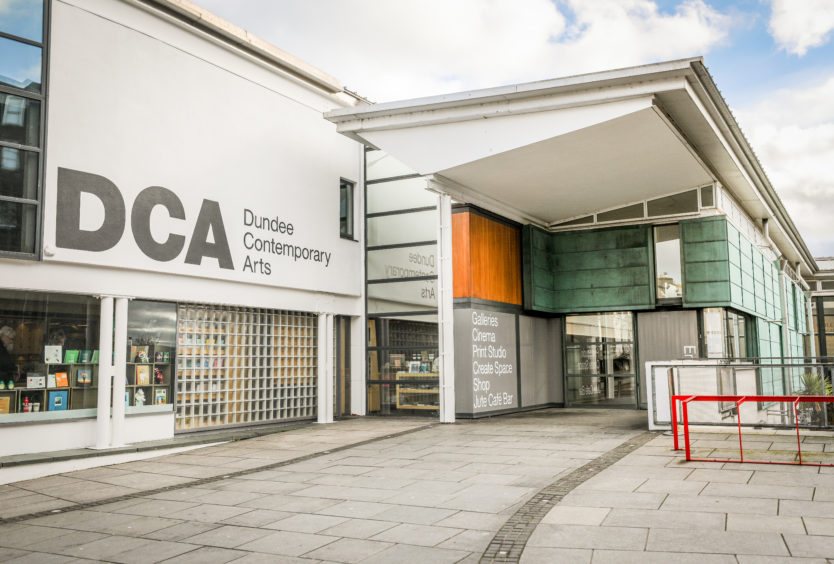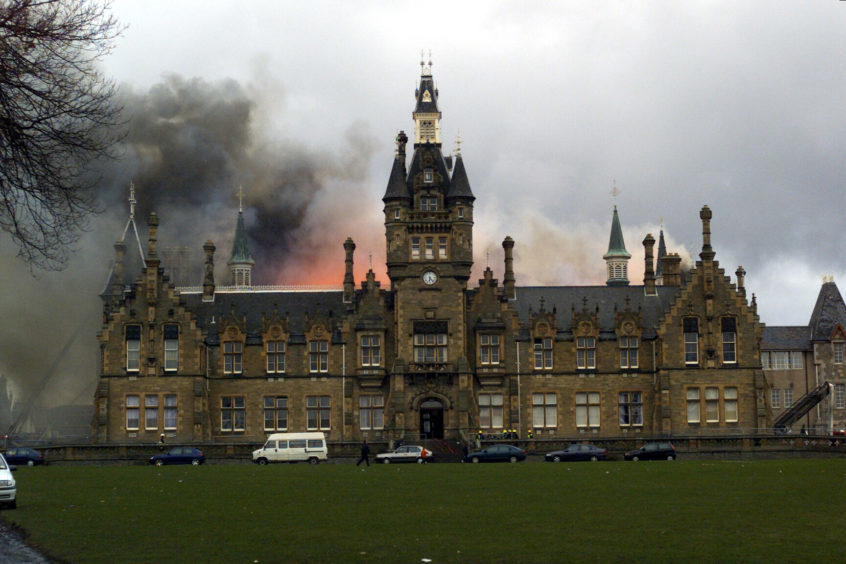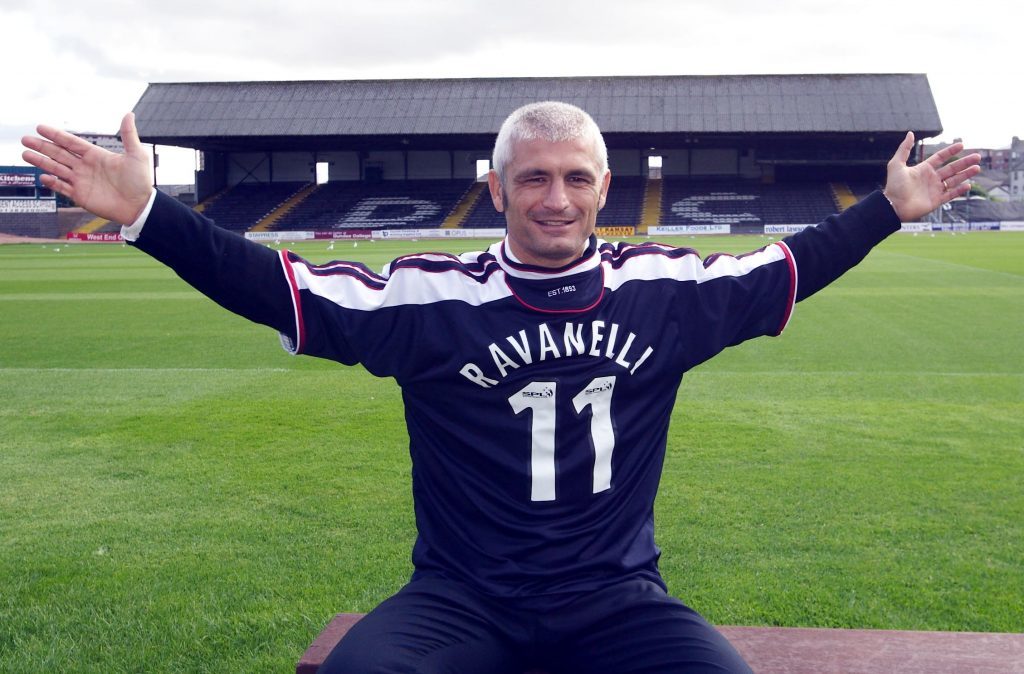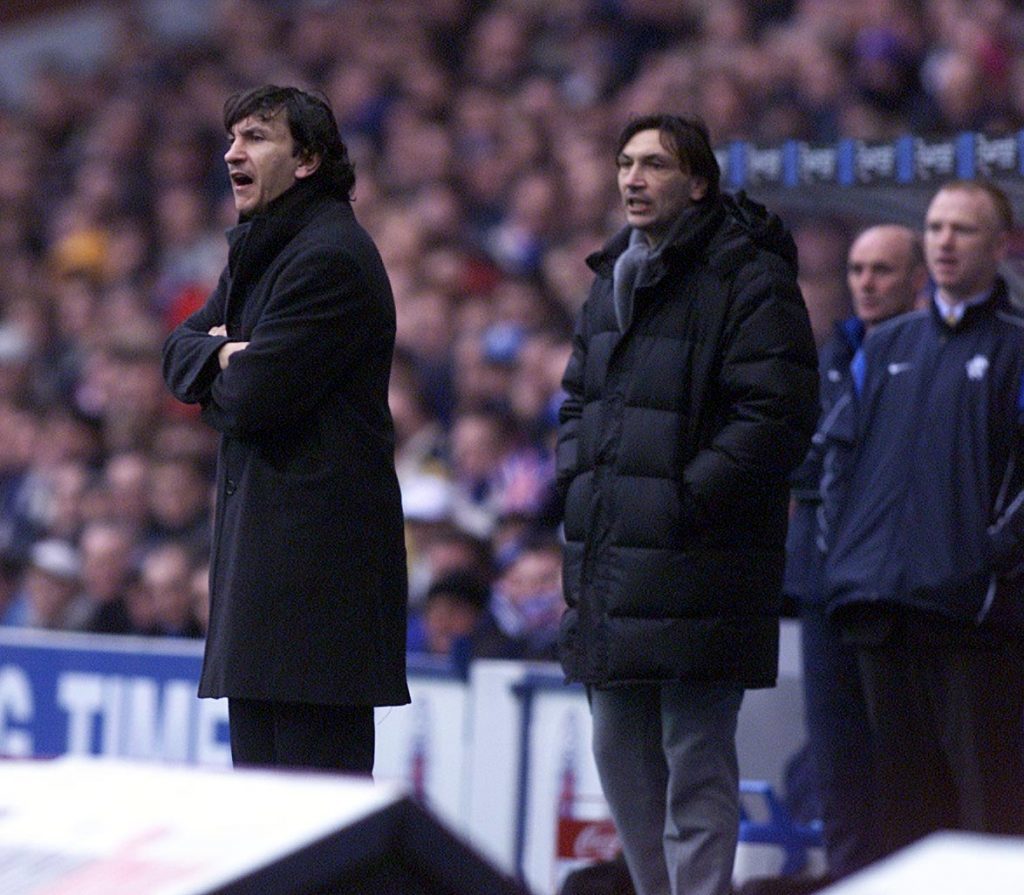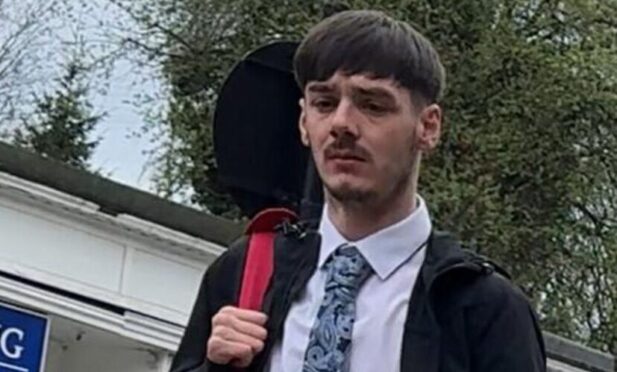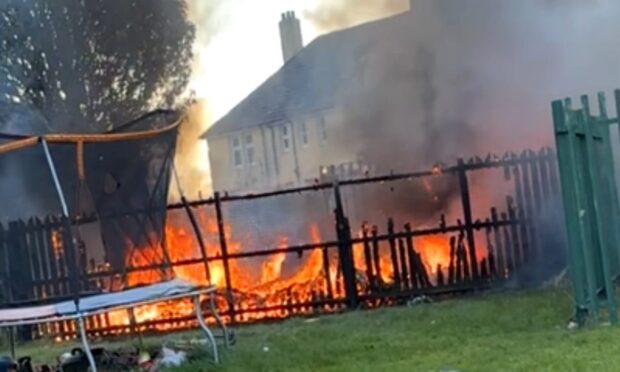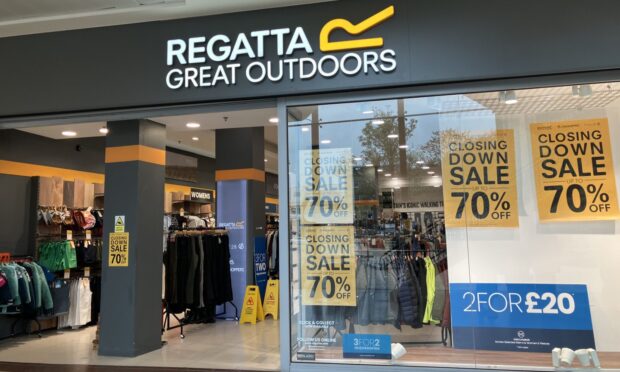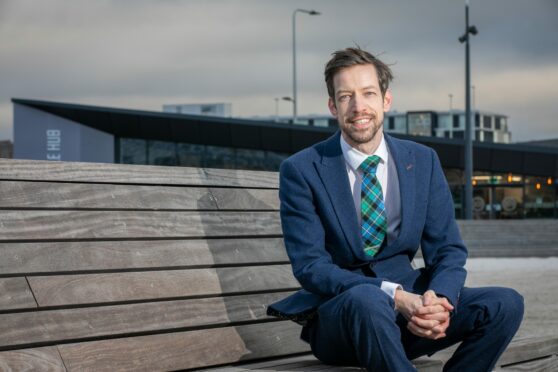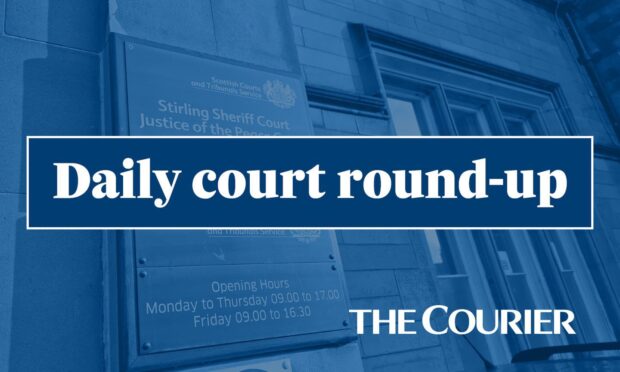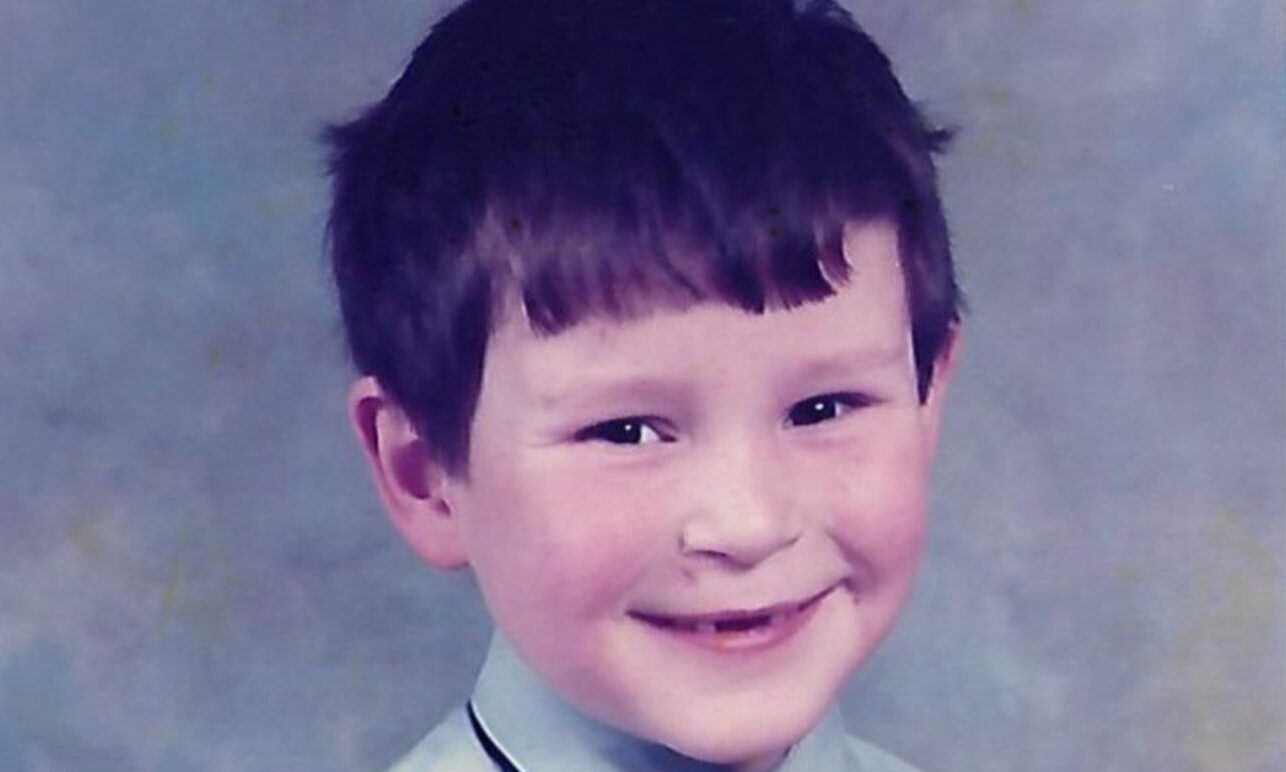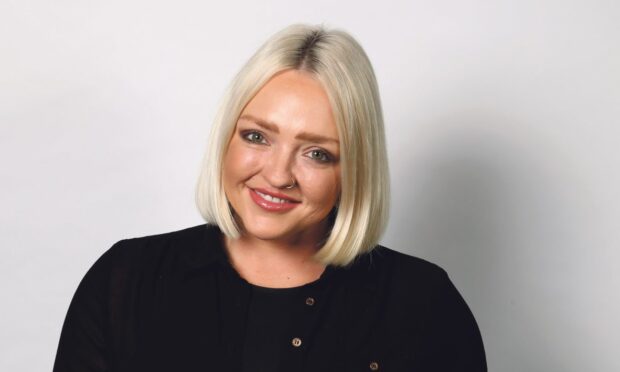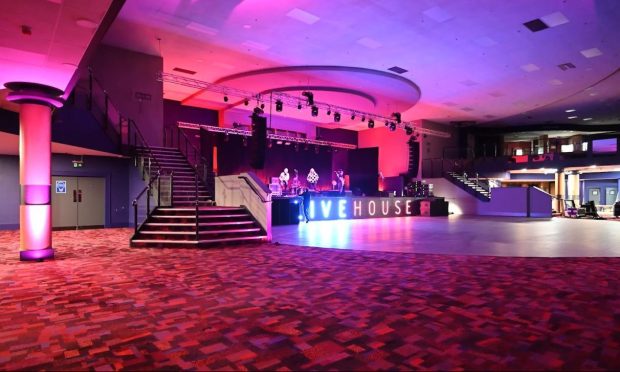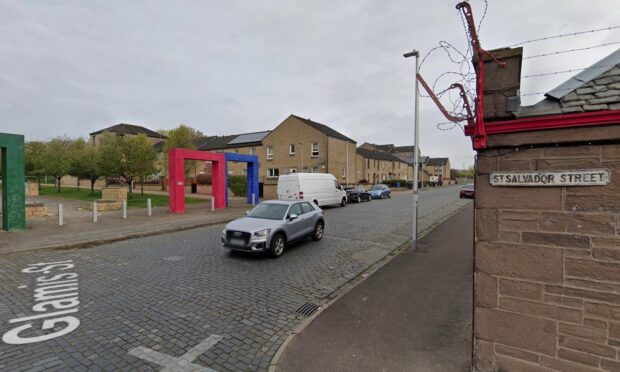Courier journalist Graeme Strachan tells Michael Alexander what inspired him to write a book about football megastars Claudio Caniggia and Fabrizio Ravanelli ‘s time at Dundee FC.
Growing up in Dundee’s Fintry housing scheme, Graeme Strachan always wanted to be a football reporter.
As a boy, his gran used to keep notebooks at her house when he visited so that he could take notes while listening to games on the radio and then write up match reports.
It was when the former Fintry Primary, Linlathen High and Braeview Academy school pupil secured a job as a news reporter with The Courier and Evening Telegraph newspapers in 1999, however, that he found himself at the coalface of a remarkable “rollercoaster ride” when sport became front page news.
The arrival of football megastars Claudio Caniggia and Fabrizio Ravanelli at Dundee FC in the early 2000s lifted the whole city and even had fans from rivals Dundee United queuing for autographs.
Now, with Graeme’s debut book ‘The Bird and the Feather: Caniggia and Ravanelli’s Dundee Adventures’ on sale ahead of Father’s Day, he explained how the incredible story of Argentine World Cup 1990 and 1994 hero Caniggia (The Bird) and Italian Champions League winner Ravanelli (The White Feather) caught the imagination of Dundee, Scottish football and beyond.
The Bird and the Feather: Caniggia and Ravanelli’s Dundee Adventures is available from dcthomsonshop.co.uk , from the DC Thomson shop at Meadowside, Dundee, or by calling 0800 904 7260. Copies will also be on sale in the Overgate, Dundee, on Saturday June 15. Copies will also be on sale from DFC Direct in Sandeman Street and online.
“One of the things that made me think the time is right to do this book now is the V&A,” said Graeme, 38, who studied for an HNC in professional writing skills at Dundee College between school and starting with DC Thomson & Co Ltd.
“These days Dundee is a city transformed with a kind of feel good factor.
“But it was a completely different time in the year 2000 when (then Italian Dundee manager) Ivano Bonetti turned up at Dens in his leather jacket.
“Dundee as a city was going through a real period of change.
“In the summer of 2000, just before Caniggia arrived, there was the alleged threat that Dundee would lose its city status because the population was dropping.
“The other side of the coin is that DCA had just opened and there was this push from the other side to really do something culturally with Dundee.
“The waterfront revolution and the masterplan were coming through as ideas at that time.
“To have this world superstar we’d only seen on television – at World Cups – it gave the city a lift and added to the belief that Dundee as a city could think big. It was an exciting time to be a reporter, an exciting time to be in Dundee.”
As a young reporter, Graeme got involved in early stories including demand for shirt sales, Caniggia face masks and Argentina scarves.
Argentina’s legendary Diego Maradona had agreed to come over to play alongside Caniggia in a game v Napoli at Dens – a glamour friendly that “evaporated” after Maradona got involved in a row about a tax bill.
Having been mesmerised by the Italia 90 World Cup when a generation watched Caniggia explode on the scene, Graeme was fascinated by how such a big name like Caniggia, used to the big lifestyle, was now training in the quagmires of Dundee’s Caird Park.
However, this was about more than football. Graeme remembers the day a call came in to the news room about a bid by Dundee University students to elect Baywatch actor David Hasselhoff as rector.
The appointment never happened, but Graeme said: “It got people thinking that if this guy Caniggia can come to Dundee and we can get people to think a bit bigger, why can’t we be thinking much bigger in other ways?”
The book is interjected with contextual news stories that Graeme covered at the time including the devastating Morgan Academy fire.
He added: “We are lucky as local journalists to build up knowledge and contacts, and I just felt there was a treasure trove of interviews, archives, match reports and all these kind of side stories as well that I managed to pluck and pull out.
“There’s a lot of stuff in there that will take folk back, and a lot of stuff in there that people just simply won’t remember from the time. Rare interviews, things that were happening.
“Ravanelli as well. He was only at Dundee for six games – six games that wrote him into Dundee folklore.
“But while the book is a nostalgic look back at that period, it’s a controversial period as well.
“We don’t shy away from tackling the fact that this all ended in tears, and it almost ended in the near closure of Dundee Football Club.
“That’s one of the questions that we ask – it’s a running theme towards the end – was it worth it?
“They almost lost their club. But I’ve spoken to Dundee supporters and there’s a lot who would go through that period again just because of the football that was on show. It was certainly never dull!”
